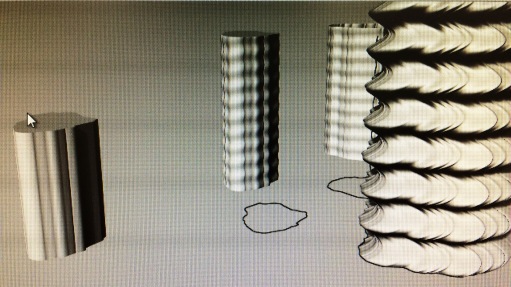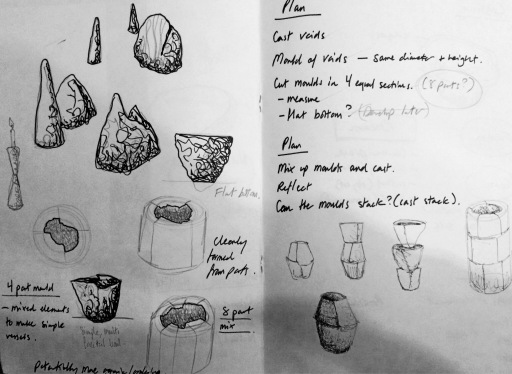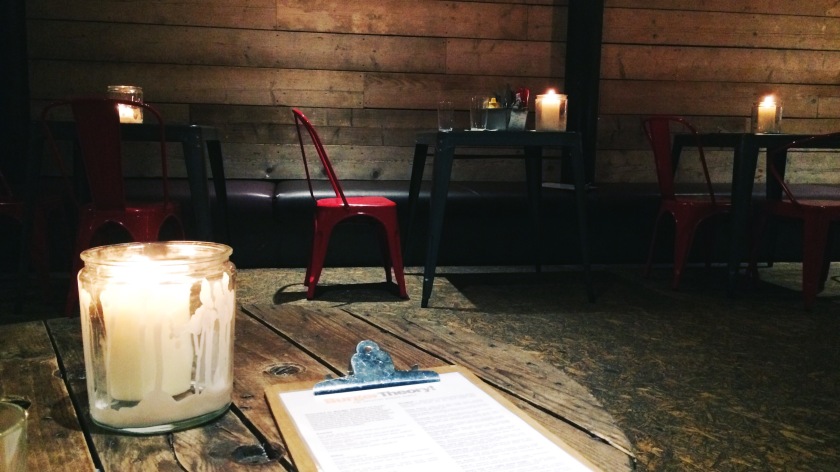The past month or two has been focused on how the clay from Ashton Meadows reacts when fired to different temperatures. The results vary from bodies of pale terracotta, to muted reds adorned with yellow freckles. When fired to above 1200 degrees, however, the clay melts – the moment on discovering this was briefly one of turmoil.
Having stated at the beginning of this project that I would incorporate this clay into my work I started to think about the positives of using it as a glaze and set about making some tests.
My initial reaction on seeing the results was one of disappointment…and of the 1970’s; the treacle-like glaze being very popular at that time. However, the more I studied the glaze the more it began to impress me.
- It was glossy
- It flowed smoothly
- It had depth of colour
- It was of the earth
- It would contain liquid
With this notion I set about selecting areas of more developed work to investigate appropriate facets to glaze.
The images above depict how I have used the glaze to create contrast in the interiors or edges of the vessels. I am still undecided as to which technique is most successful. This has been largely dictated by the discovery that the glaze changes from a tan colour (1240) to dark chocolate (1260) within a margin of 20 degrees.
The candlesticks present in the above image have been slip-cast using the local clay and I feel the rich chocolate brown achieved at bisque may yet trump the colours achieved when using the clay as a glaze.
Further experiments are now essential to help my decision making. Considering where these objects will be placed at the ‘site of the audience’ (Rose, 2012) will no doubt be the most informing factor.

























































